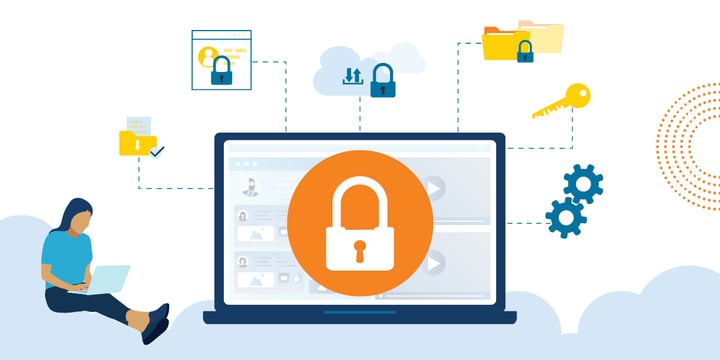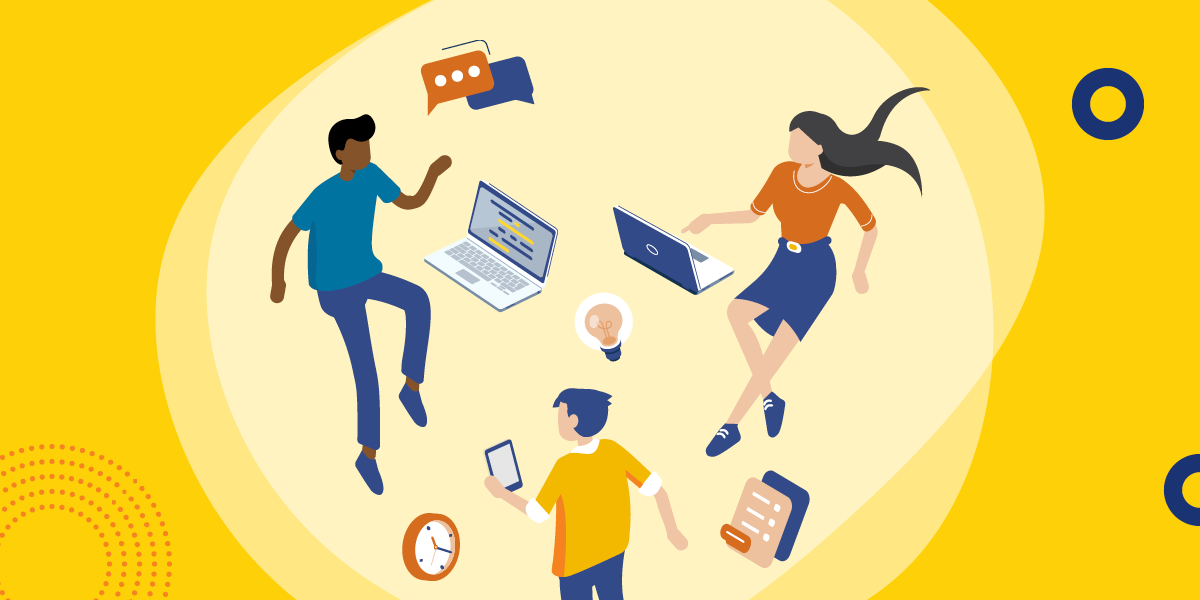Cybersecurity Awareness Month is our favorite time at NortonLifeLock because it is an opportunity to share our expertise with others. I know many of us see ads about protecting our personal information, but what I don't see is information about why this is so important for nonprofits and libraries.

Any organization can be hacked, and personal information from employees, volunteers, or clients can be stolen. As a nonprofit or public library working hard to see your mission fulfilled, the time spent responding to these hacks and breaches can be devastating. Whether your nonprofit has dozens of employees and a multimillion-dollar budget or an all-volunteer "staff," fundraising just to get by, everyone needs to defend and protect their online presence.
Here are some easy, quick steps to help keep your data secure so you can focus on helping others.
1. Create a Strong Password
Creating a strong password is one of the easiest and quickest ways to protect your organization's sensitive information. While it can be tempting to reuse a password you've used on other sites or to use things like your nonprofit's name or town, avoiding such practices is your first defense against hackers. Take your password creation a step further and don't use real names or words at all. Using a combination of letters, numbers, and symbols is strongest. Using longer passwords increases security as well. While this might seem cumbersome, a password manager can help. Just make sure to make the password you use to launch the manager as strong as you can and store it somewhere safe!
2. Turn On Two-Factor Authentication
While a strong password is the wall around your city, two-factor authentication is the moat. While it's certainly not recommended, some organizations may end up sharing passwords with multiple users, resulting in the same password being used multiple times, or the passwords themselves being stored in a place that can easily be hacked. Turning on two-factor authentication provides an extra layer of protection. Besides using a password, you will have a unique code sent to your phone or other device every time you log in. While not all sites offer two-factor authentication, many do. Check your account settings to see if this is available.
3. The Importance of Software Updates
Software updates can seem like a nuisance, especially when you're in the middle of a project and a reminder pops up. While you might not be able to update software that minute, make sure to set a reminder to do it later. Software updates not only ensure that you are running the latest version of a program, they also often provide renewed protection against security flaws or vulnerabilities. Nonprofits and libraries are often responsible for a lot of personal data about other people. The last thing you want to have to do is send that email to everyone informing them about a security breach. Keeping on top of software updates is one easy way to defend your organization from hackers.
4. Avoiding Phishing Scams
Phishing is when a hacker attempts to obtain personal data or information by impersonating a website or another person. This can occur through emails, texts, and even phone calls. Phishing has become very sophisticated and can trick even the savviest of Internet users! Be on the lookout for anyone requesting personal information. Check the email address or website for typos or unusual URLs. Other safety measures include not opening suspicious emails, never clicking on links inside these emails, avoiding giving financial info through email, using spam filters, and signing up for antivirus protection.
Build Your Cybersecurity Habits
We hope these four easy tips help you increase your organization's cybersecurity practices, and we are wishing everyone a safe Cybersecurity Awareness Month! For more online safety tips, visit NortonLifeLock's Cyber Safety Center.
Additional Resources
- Sign up for TechSoup Courses' Cybersecurity Bundle.
- Get some ideas on How to Keep Your Nonprofit Informed of Cybersecurity Threats.
- Think about Cybersecurity Threats from the perspective of faith-based organizations in this recorded webinar.
Top photo: Shutterstock








